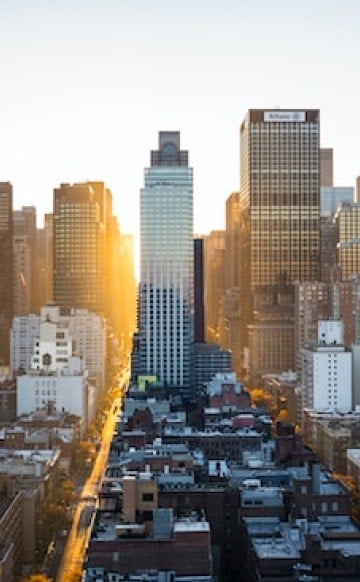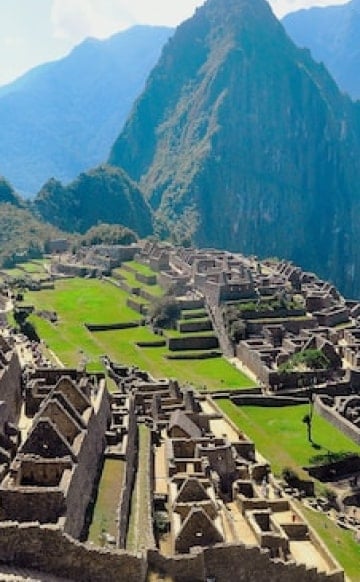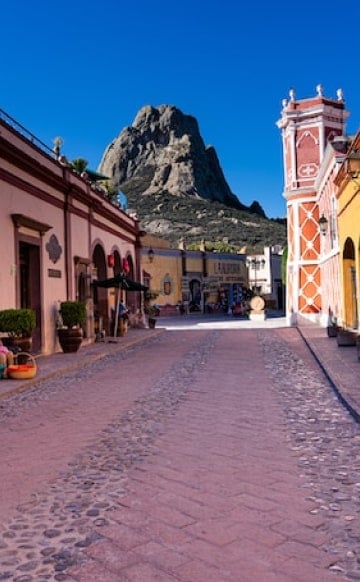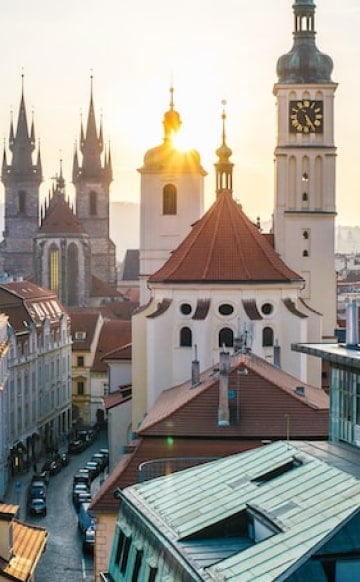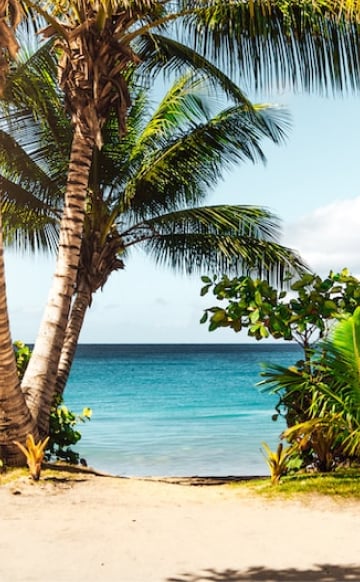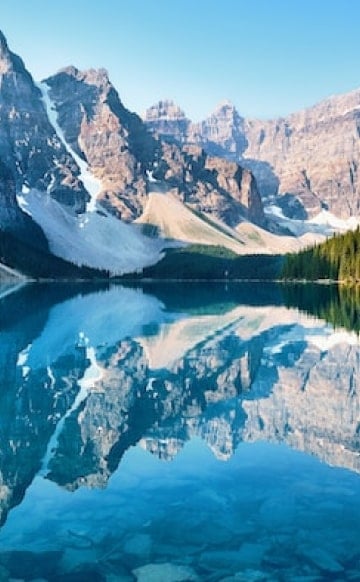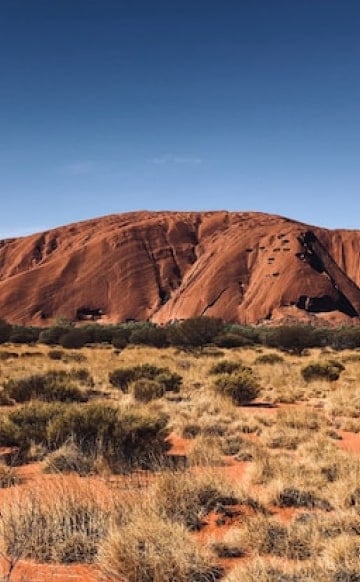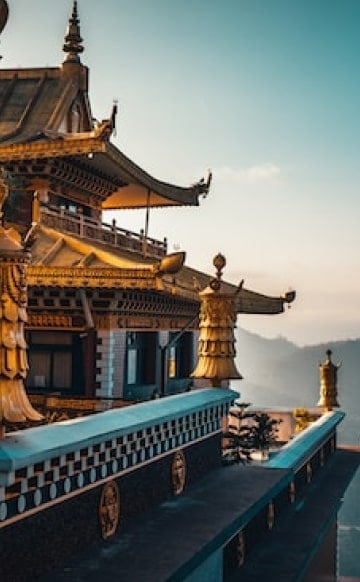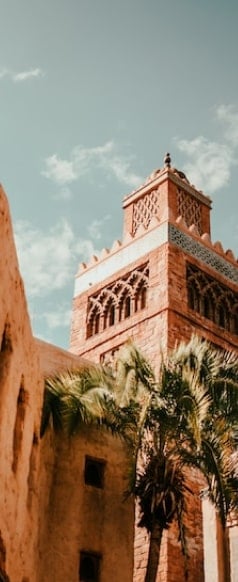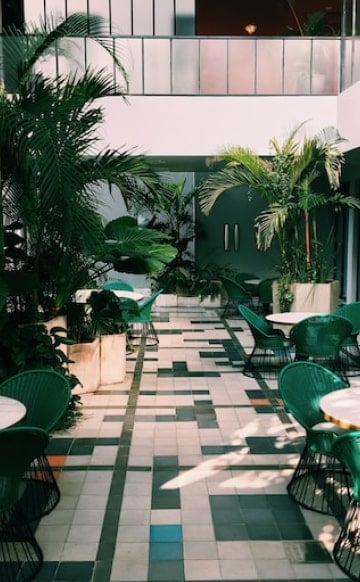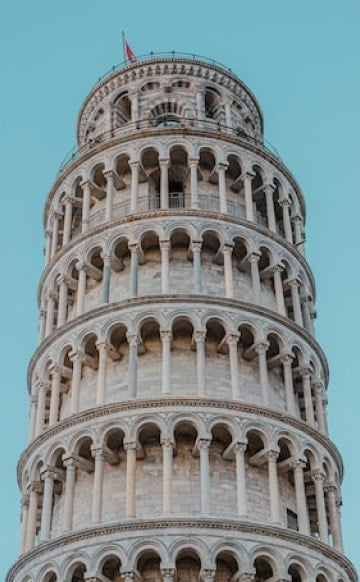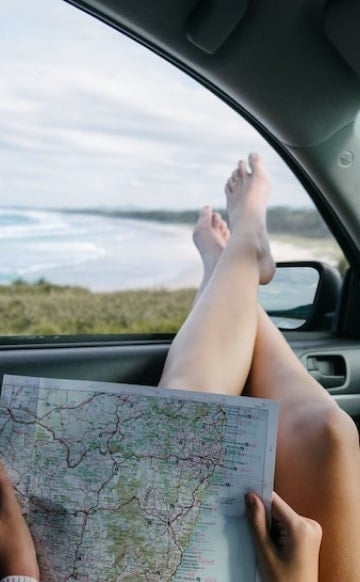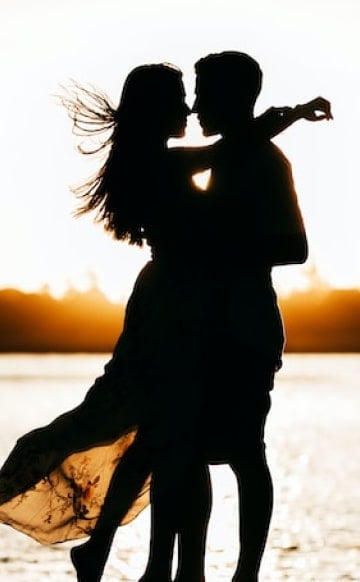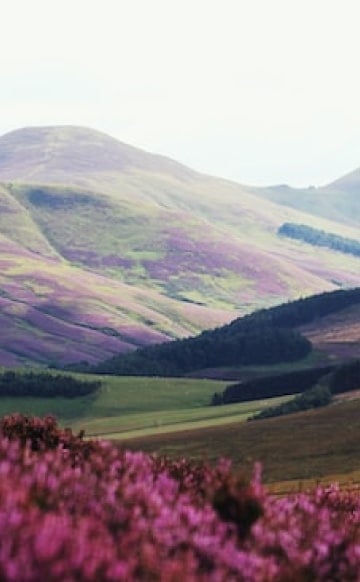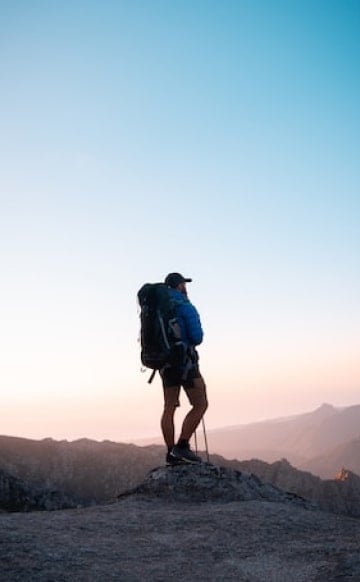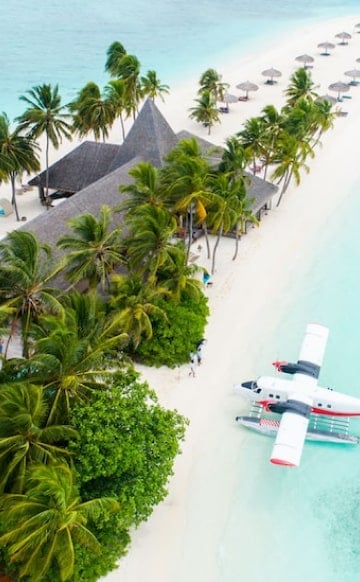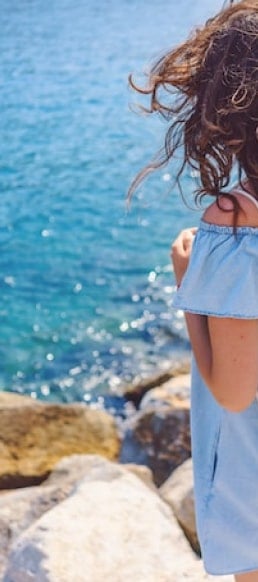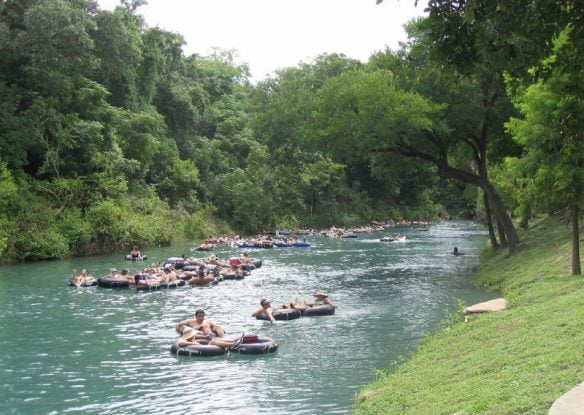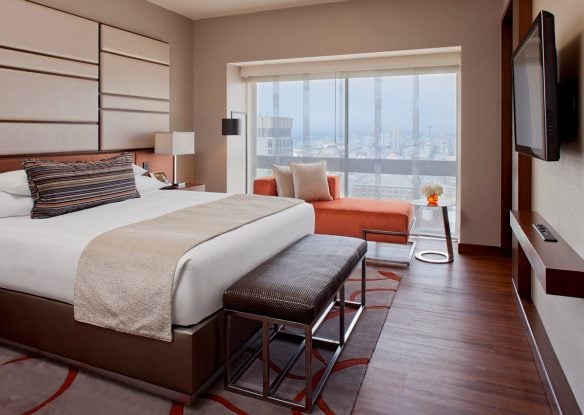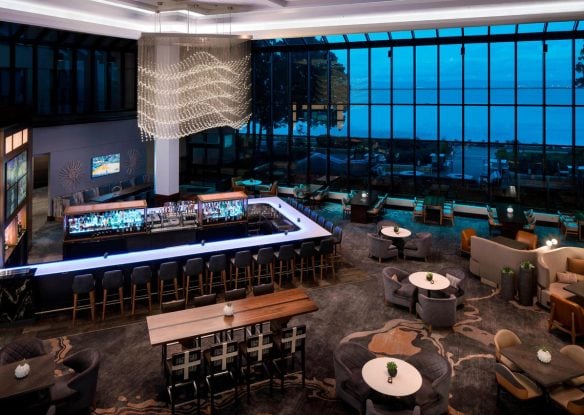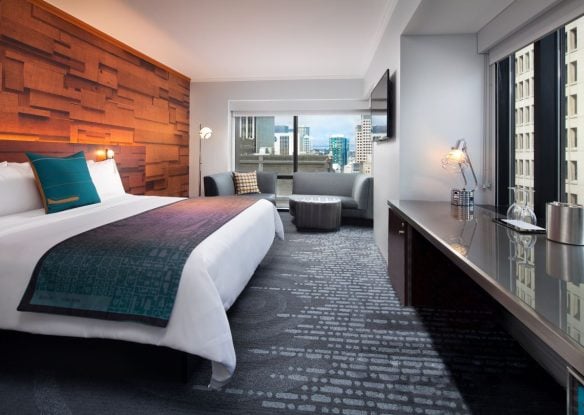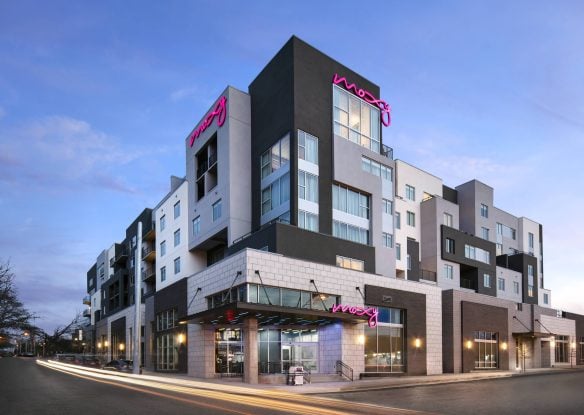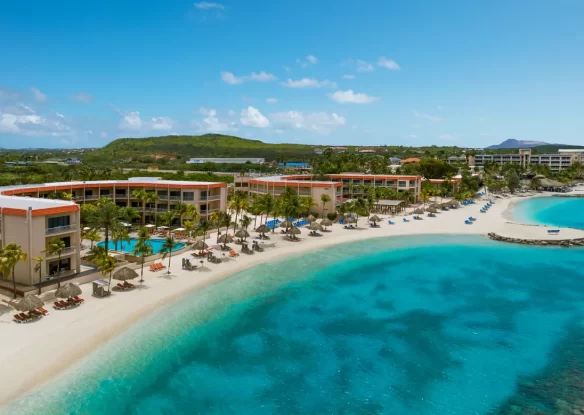It seems that just about everyone who visits San Francisco comes to experience the same popular attractions, like Pier 39, Alcatraz and, of course, the Golden Gate Bridge, but the City by the Bay offers a whole lot more than that. If you’d like to explore some of its amazing hidden gems, you can’t go wrong with these.

Lands End Labyrinth
What Is It? San Francisco artist Eduardo Aguilera’s labyrinth at Lands End, a rocky and windswept shoreline at the mouth of the Golden Gate, is one of the most spectacularly beautiful secrets the city holds.
Why Do It? With sweeping vistas of the bridge, the Marin Headlands and the Pacific beyond, its location is naturally tranquil and majestic.
Good to Know: Destroyed a number of times and rebuilt, the labyrinth isn’t officially endorsed by the Lands End National Park area, and the trails that lead to the promontory are unmaintained, so you’ll need to be extra careful in this frequently windy and slippery location.

Sutro Baths Ruins
What Is It? In 1894, self-made millionaire Adolph Sutro designed what was then the world’s largest indoor swimming pool. During the high tide, the Pacific Ocean would fill the pools with 1.7 million gallons of water in just an hour. The historic baths were part of a lavish swimming facility with six saltwater tanks, ingeniously flushed by the tides, along with over 500 private dressing rooms, restaurants and arcades that were enclosed by 100,000 square feet of glass. After Sutro died, his family maintained the baths for several decades, but it was closed down during the Great Depression.
Why Do It? The remaining structure still exists as magnificent architectural ruins in the Golden Gate National Recreation Area at the north end of Ocean Beach near the famous Cliff House restaurant, where Geary Boulevard and the Great Highway converge.
Good to Know: You can walk around the fascinating and somewhat eerie ruins that are rumored to be haunted, and learn more about the history of the legendary family swimming and entertainment center.

The Wave Organ
What Is It? The Wave Organ, designed by artists Peter Richards and George Gonzalez in the 1980s, is perched at the top of a jet in the San Francisco marina and is a musical instrument that is actually played by the San Francisco Bay itself.
Why Do It? The jetty was constructed with material taken from a demolished cemetery, which provided a wide assortment of marble and carved granite, and is perhaps why the organ sometimes makes rather spooky sounds as if a haunted soul is crying from within. As the tide changes, the sounds it makes do too. When the water rolls in, it burbles like a content baby, but on its way out, the sound is more like a belching man after he just downed a soda.
Good to Know: The best time to hear it is at high tide, so be sure to check the tables before heading out.

The Parrots of Telegraph Hill
What Is It? While no one knows for sure how the wild parrots came to call Telegraph Hill home, the general consensus is that the flock was started by wild-caught birds that were imported from South America.
Why Do It? It didn’t take long before the number of parrots in the area expanded – from just four in 1989 to over 100 today, and they can easily be seen perched in the trees or flying overhead
Good to Know: They aren’t just limited to Telegraph Hill. You might also spot them in the center of the city, or as far south as Brisbane.

Seward Street Slides
What Is It? Back in the 1970s, a young teenage girl submitted an idea to a “Design the Park” contest, and her winning idea is still being enjoyed decades later, with kids and adults alike using flattened cardboard boxes to fly down a pair of concrete slides.
Why Do It? Sitting high above the Castro District, the twin chutes are technically supposed to be for kids, or adults who are accompanied by children, but if you’re a kid at heart, no one is going to scold you for taking a quick joy ride as long as you’re quiet about it.
Good to Know: Although there is sometimes cardboard there for riders to use, bring some of your own just in case – and if you want to go really fast, throw some sand down the slide first.

San Francisco Columbarium
What Is It? The Neptune Society Columbarium (a repository for cremated remains) is a rather unexpected gem located in the Richmond District.
Why Do It? Tucked away on a cul-de-sac in a neighborhood filled with pastel-hued homes, it offers a link to an earlier era in San Francisco history and is a mystery even to most locals. The building, finished in 1895, is stunning with its baroque and neoclassical elements, and its interior features beautiful stained glass windows and other gorgeous details.
Good to Know: It also houses the remains of some rather prominent San Francisco residents, including Harvey Milk, the first openly gay elected official in the state; Chet Helms, the founder and promoter of the 1967 Summer of Love; and muppeteer and writer for The Muppets, Jerry Juhl.

Andy Goldsworthy's Spire
What Is It? “Spire” is made up of 37 steel-armatured cypress tree trunks, which felled as part of the Presidio’s re-forestation program. The core of the sculpture sits below ground in a metal sleeve enclosed in a massive reinforced concrete base.
Why Do It? The 100-foot-tall art installation in the Presidio has been here since 2008, but many locals don’t even realize it’s there. The structure is very unique, fits perfectly into its natural surroundings, and is very photogenic no matter what the weather is like.
Good to Know: You can find it near the western entrance of the Presidio on Arguello Gate near the golf course.

16th Avenue Mosaic Steps
What Is It? The 16th Avenue Mosaic Steps, located at 16th and Moraga, is a staircase designed by local artists and created by more than 300 area residents, covering 163 precipitous steps with gorgeous mosaic tiles that portray a shimmering path from the sea to the sky.
Why Do It? It took two years to finish it, and most tourists know nothing about it. Gazing up at it from below, the staircase truly looks like a stairway to heaven.
Good to Know: Climbing the steps will take you to Grand View Park, also referred to as Turtle Hill by the locals, and from there you can take in an awe-inspiring panorama of the city, the Golden Gate Bridge and beyond.

Castro Theater
What Is It? Castro Theater is a popular movie palace that anchors the Castrol District has a Spanish Colonial Baroque façade that pays homage to the recently rebuilt basilica of Mission Delores with its grand arched central window surmounted by a scrolling pediment that frames a niche.
Why Do It? Built in 1922, this historic San Francisco landmark is often considered the most beautiful theater in the city.
Good to Know: If a sing-a-long performance like “The Sound of Music” scheduled while you’re in the city, don’t miss it as people come dressed as their favorite characters and party favors are passed out at the start of the show to enhance the experience.

Farallon Islands
What Is It? The Farallon Islands, located just 27 miles off the coast from San Francisco, are not only one of the premier great white shark feeding grounds, but as they’re set among the Gulf of the Farallones National Marine Sanctuary. The food-rich marine ecosystem attracts all sorts of other marine life too, including dolphins, seals, sea lions, whales and seabirds.
Why Do It? Around 18 species of dolphin and whales, along with a quarter-million nesting seabirds, including tufted puffins, live here, and the beaches throughout the islands are almost always filled with sea lions.
Good to Know: Taking a boat tour led by expert naturalists from the city, especially when the weather is nice, is a great way to experience this unique California destination.

Kabuki Springs and Spa
What Is It? If your feet, and perhaps a few other parts, are crying out after all of those hours walking up and down San Francisco’s steep hills, you might want to head to this Japanese-style bathhouse, a fabulous place to relax your body and mind.
Why Do It? This oasis of serenity in Japantown features a sauna, steam room, warm pool, a cold plunge, massage therapy, botanical facials, mud and seaweed wraps, and other spa treatments.
Good to Know: There are clothing-optional baths open for men on certain days of the week and women on others. On Tuesdays, the baths are co-ed, and bathing suits are required.

Musee Mecanique
What Is It? The Musee Mecanique, located at Fisherman’s Wharf, is one of the largest privately-owned collections of coin-operated mechanical machines in the world, with over 300 on display.
Why Do It? It includes coin-operated fortune tellers, player pianos, love testers and many rare and historic pieces, like the large diorama of a traveling carnival with a Ferris wheel and other rides, along with the legendary Laffing Sal.
Good to Know: Admission is free, it’s open 365 days a year and all of the coin-operated games can be played, with prices ranging from just a penny to $1.

Moss Beach Distillery
What Is It? By taking a 20-minute drive south of San Francisco, down Highway One, you can enjoy jaw-dropping views of the Pacific and dine at one of the area’s best restaurants with a view at Moss Beach Distillery in Moss Beach.
Why Do It? Indoor and outdoor dining is available, while the heated outdoor patio overlooks the ocean. On a chilly day, you can cozy up to the warmth of the natural gas fire pit or snuggle under the blankets on a wooden bench while sipping wine and indulging in delicious culinary creations.
Good to Know: The restaurant also has quite an interesting history as one of the most successful speakeasies back in the 1920s. Known as “Frank’s Place” back then, it opened in 1927 and became a hotspot for silent film stars and politicians from San Francisco. The eatery is also famous for its “Blue Lady,” a spirit that allegedly haunts the place.

Mission Murals
What Is It? If you appreciate good street art, don’t miss checking out the Mission District’s colorful outdoor alternative to the art galleries in San Francisco.
Why Do It? Throughout the neighborhood, there are hundreds of fences and walls that are adorned with vibrant works of art with themes that range from social-political statements to cultural heritage, particularly Mexican-inspired murals. Many pay homage to famous artists Jose Orosco and Diego Riviera.
Good to Know: Clarion Alley is a highlight, located between 17th Street and 18th Street, and Mission Street and Valencia Street. Its collection of murals reflect a variety of art styles and often depicts themes of social inclusiveness.

Swan Oyster Depot
What Is It? Swan Oyster Depot is widely considered to be the very best seafood spot in the city. Opened over a century ago by four Danish brothers using a horse-drawn carriage, the siblings delivered fresh seafood throughout San Francisco.
Why Do It? The tiny restaurant has just 12 bar stools and six cooks working behind the counter, but it also has lots of charm along with amazing seafood, including everything from clam chowder and shrimp cocktail to oysters and crab salad.
Good to Know: Because it’s so popular, if you hope to go without waiting in what will seem like an endless line, get there just before it opens at 10:30 am and enjoy a seafood breakfast.

The Cable Car Museum
What Is It? The Cable Car Museum is set in the Washington-Mason powerhouse and carbarn on Nob Hill, overlooking the massive engines and winding wheels that pull the city’s cables.
Why Do It? It provides an interesting look at the history of the cable car in San Francisco. You view three antique cable cars that date back to the 1870s, learn about the challenges cable cars have faced over the years, and see mechanical displays.
Good to Know: Not only can you browse fascinating exhibits, but it’s also a working museum where you can watch the cables run.

Angel Island State Park
What Is It? Angel Island is the largest island in the San Francisco Bay, and a hidden treasure among the urban sprawl. You can reach it by taking the ferry from Pier 41.
Why Do It? You can take a guided tour, enjoy picnicking on the beach, hiking and biking.
Good to Know: History enthusiasts will be fascinated by the island’s past, as roughly 3,000 years ago it served as a fishing and hunting site for Coastal Miwok Indians. Japanese and German POWs were held here during World War II and it was once used as a jumping-off point for American soldiers returning from the Pacific.

Treasure Island
What Is It? Treasure Island is a fun spot to visit that few tourists seem to make it out to. Even for most residents, the only reasons to go are for its music festival or flea market, but it offers a lot more to do than that.
Why Do It? You can rent a beach cruiser at A Tran’s Bike Shop and explore the island, or enjoy a secluded picnic at Clipper Cove, a hidden stretch of beach to the south of the yacht harbor, shielded from the wind and offering spectacular views of both the Bay Bridge and the Golden Gate.
Good to Know: Relax and enjoy listening to the soothing creaks of the anchored boats, or even take a dip in the water – as it’s sheltered and shallow, you can get in without the benefit of a wetsuit.

Mount Sutro: Forest in the Clouds
What Is It? Mount Sutro is a true hidden gem. It’s a century-old temperature cloud forest of eucalyptus trees, some as high as 200 feet that grow on an 80-acre mountainside.
Why Do It? Hiking, especially on those foggy days, with the mist surrounding the treetops that tower overhead, is absolutely magical.
Good to Know: If you’re here during the middle of the week, there’s a good chance that you’ll be one of just a few walking the peaceful trails, offering a relaxing respite from the hustle and bustle of the city.

Golden Gate Fortune Factory
What Is It? Golden Gate Fortune Company remains one of the only places you can find handmade fortune cookies in the country.
Why Do It? As you walk down Ross Alley in Chinatown, the aroma of the freshly made cookies is sure to draw you in. Walk in to see them made right in front of you, with typically two workers busy placing fortunes in the hot cookies, then folding the cookies before they harden.
Good to Know: After a tour of the factory, you’ll get a sample on your way out. As soon as you take your first bite you’ll be amazed at the difference between those you’ve tried before and these incredibly fresh fortune cookies.
